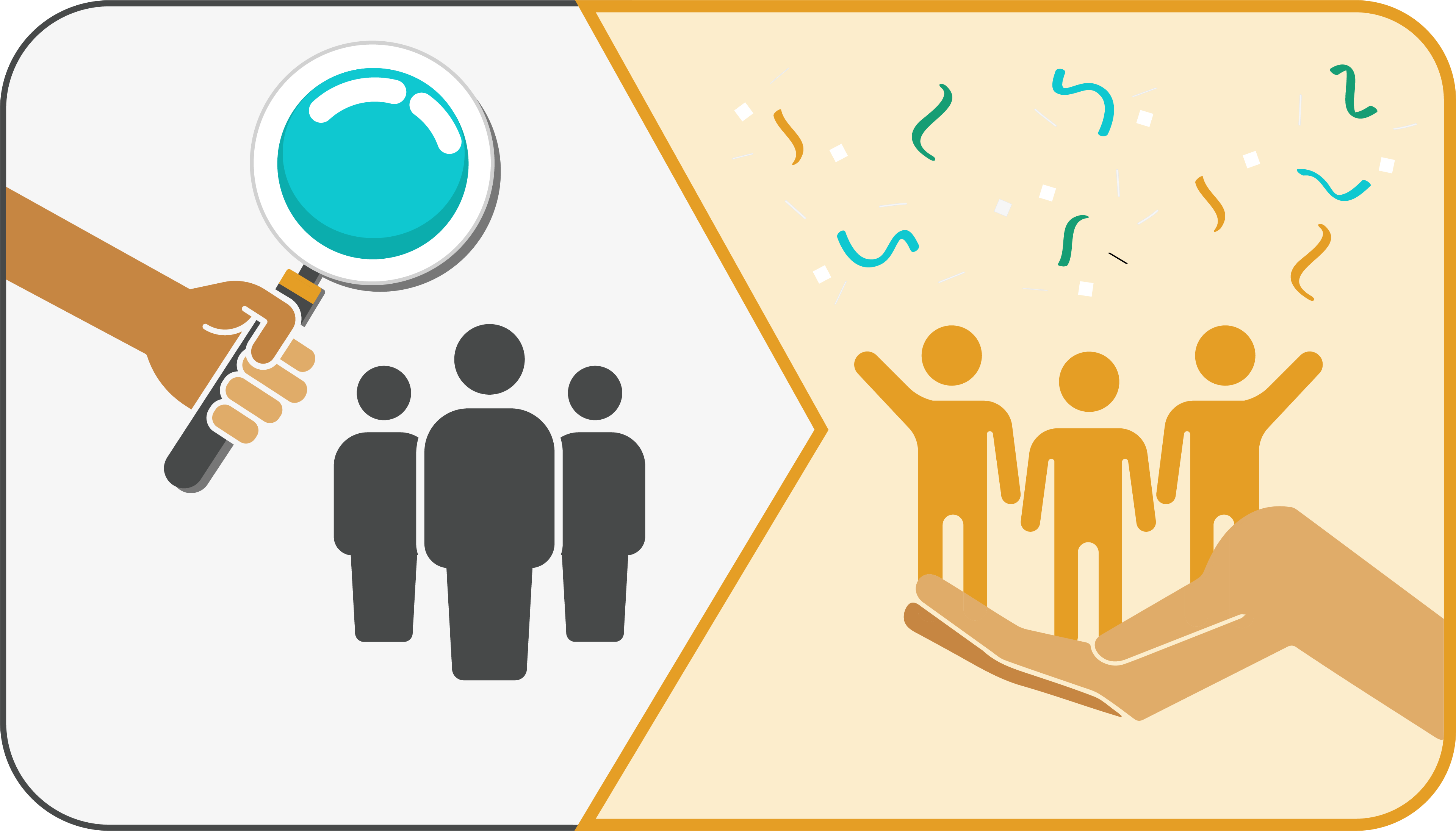As anyone who has tried to create a new habit knows, it takes unwavering motivation to turn your idea into a real habit. Or does it?
In his book Atomic Habits, James Clear provides a proven way to build good habits—one that doesn’t require Olympic levels of motivation. As I’ve started to use his simple formula in my own life, I realize how invaluable the approach could be for organizational leaders.






